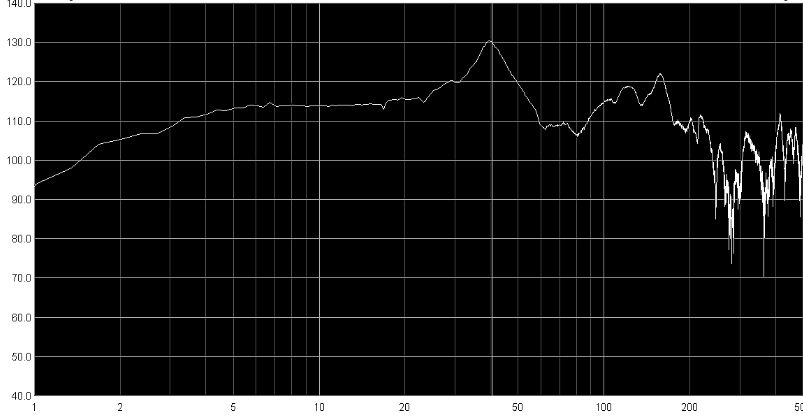 av Tangband » 2018-08-01 17:16
av Tangband » 2018-08-01 17:16
Här skriver Toole att mätningar inte kan jämföras med örat, som är helt överlägset. Även att endast EN lyssnare kan lyssna kompromisslöst i sweetspot då stereosystemet används vid 2-kanal.
Music, itself, is art, pure and simple. e composers, performers and the creators of the musical instruments are artists and cra smen. rough their skills, we are the grateful recipients of sounds that can create and change moods, that can excite and animate us to dance and sing, and that form an important component of our memories. Music is part of all of us and of our lives.
In spite of its many capabilities, science cannot describe music. e crude notes on a sheet of music provide a basic description to a musician, but science has no technical measures for the evocative elements of a good tune or good musicianship. It cannot, with numbers or graphs, describe why Pavarotti’s tenor voice is so revered, or why a Stradivarius is held as an example of how violins should sound. ose are distinctions that must be made subjectively, by listening. e determination of what is aesthetically pleasing remains firmly based in subjectivity. e requirements for accurate reproduction of the sound creating the aesthetic experience, though, must eventually have a purely technical description – an im- portant distinction. Right now, we rely on a combination of subjective and objective data.
Our audio industry is based on a sequence of events. We capture a musical performance with microphones, whose outputs are blended into an electronic message traditionally stored on tape or disc, which is subsequently amplified and reproduced through loudspeakers. is simple description disguises a process that is enormously complicated. We know from ex- perience that, in some ways, the process is remarkably good. For decades we have enjoyed reproduced music of all kinds with fidelity sufficient to, at times, bring tears to the eyes, and send chills down the spine. Still, critics of audio systems can sometimes point to timbral characteristics that are not natural, that change the sound of voices and instruments. ey hear noises and distortions that were not in the original sounds. ey note that closing the eyes does not result in a perception that the listener is involved in the performance, envel- oped in the acoustical ambiance of a concert hall or jazz club. ey point out that stereo is an antisocial system – only a single listener can hear the reproduction as it was created.
E=mc2 ± 3 dB
Here Einstein’s consequential and far-reaching equation, the most famous in all of physics, is modified by a tolerance that has its origins in what someone thought would be subjectively acceptable in systems for reproducing music. I saw this first many years ago, was amused by the juxtaposition, and never forgot it.

